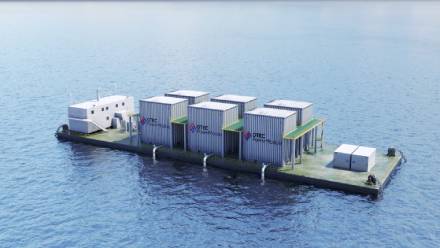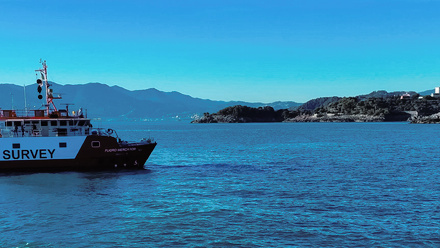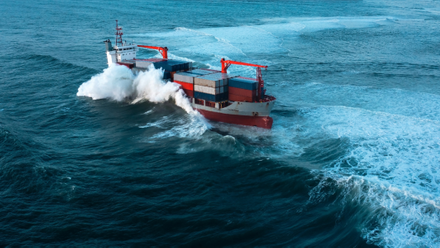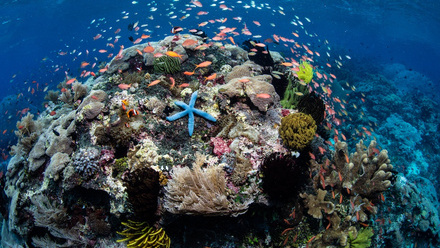Tech maps movement of microscopic algae
As greenhouse gases warm the planet and the ocean, oceanic habitats are changing. Algae are a major carbon store and form the basis of the ocean food web but are sensitive to environmental factors like oxygen and light. As climate change ramps up, it is now more important than ever to study how these organisms respond to their environment. New technologies made through microfluidic systems, show promise for better understanding microscopic algae (microalgae), with implications for ocean health and even biofuels.
Microfluidics map microalgae
Researchers have been exploring the potential of microfluidics to monitor marine life, to understand species behaviour, physiology and environmental responses, but it has been challenging to track small organisms in the ocean due to their small size and fast movement.
New microfluidic mapping technology developed by researchers from the University of Exeter and Loughborough University, published in eLife, can map the movement patterns of microalgae at a level of detail never seen before. The technology allows them to trap and image individual microalgae swimming inside microdroplets, to see how microalgae explore their environment.
The technology works by using droplet microfluidics and precision tracking. “This allows us to isolate and trap individual swimming cells inside small arenas and thereby can quantify precisely how their swimming patterns change when we apply specific, controlled perturbations to the environment around the cell, e.g. light, chemical, or mechanical cues,” lead author Dr Kirsty Wan explains.
After efficiently monitoring the micron-sized algae, Wan’s team analyses and compares the swimming behaviour of two different species (one marine and one freshwater), including “tumbling” and “excitable backward swimming”. This shows how each species responds to rapid environmental changes such as an influx of light or pollution.
Revealing ocean health and more
Research has shown the health of the ocean system is highly reliant on algae, yet ocean acidification driven by climate change can result in certain algal species seeking new locations, such as those with enough light for photosynthesis.
“As the global climate becomes increasingly unpredictable, microbial species like algae may be the first to sense these changes, therefore characterising how they respond to environmental cues, through the lens of motility is important for understanding but also predicting these responses,” Wan tells Marine Professional.
This mapping technology informs scientists about ocean health, where the detailed mapping of microalgae can help us predict the future. Importantly, this can be applied or to pinpoint algal blooms that can develop when some algae over develop due to excessive nutrients. These blooms are problematic since they block sunlight, deplete oxygen and give off toxins to the ocean. Evidence shows that a warming ocean could be accelerating these harmful algal blooms.
In addition to informing us about ocean health, detailed mapping of microalgae can ultimately help experts develop algal biofuels in the future; where algae would be used as a source of energy-rich oils. Algal biofuels could become an alternative to not only fossil fuels, but other biofuel sources like corn and sugarcane.
Thanks to the new microfluidic technology developed by the researchers, the movement of microalgae, or potentially other organisms, can be mapped in more detail than ever before, informing experts about ocean health, algal behaviour and algal biofuel potential.
Read the eLife article on Phenotyping single-cell motility in microfluidic confinement.
Curious for more? Have you read the Marine Professional article on marine bioprospecting?






